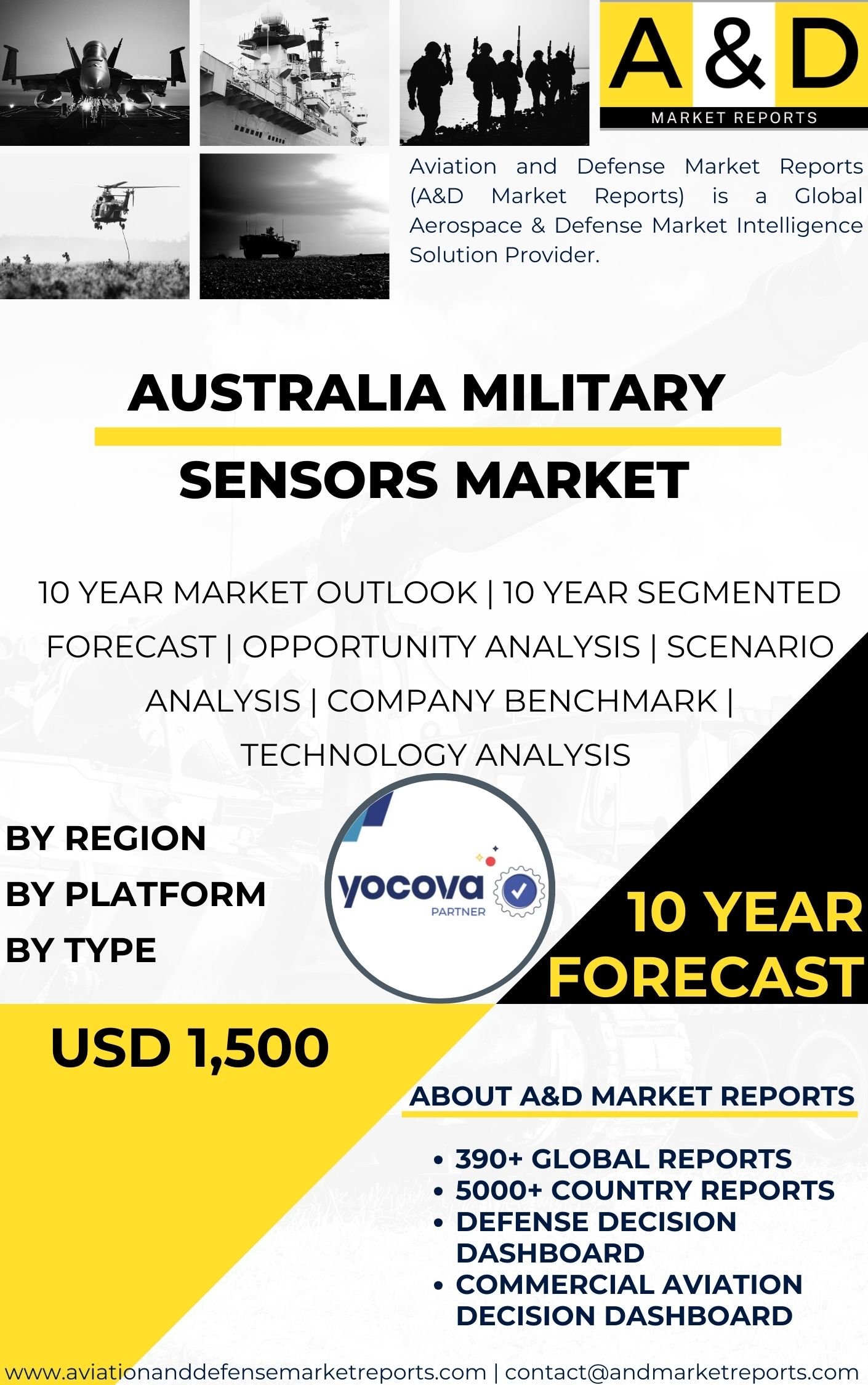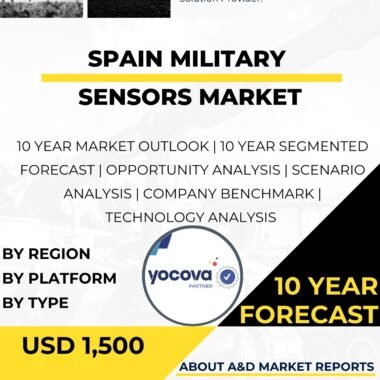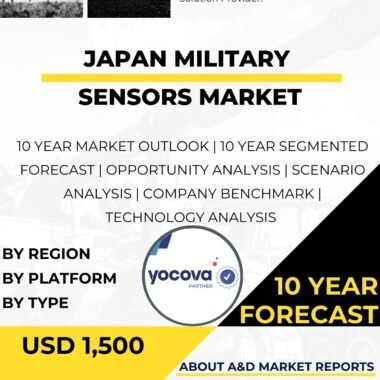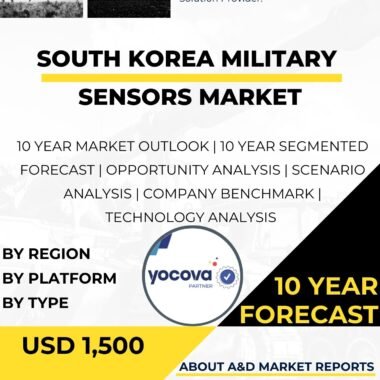Description
Overview of the Australian Military Sensors Market
The Australia Military sensors Market is a vital part of the country’s defense system. Modern sensors support national security by boosting situational awareness, intelligence gathering, and decision-making. As technology evolves, these sensors have become essential for modern warfare and daily defense operations.
Importance of the Australian Military Sensors Market
Australia faces unique security challenges due to its vast landmass and long maritime borders. The Australian Military Sensors Market helps monitor large areas across land, sea, and air. These sensors detect potential threats early and support the Australian Defence Force (ADF) in protecting national interests.
Key Sensor Types in the Australian Military Sensors Market
1. Radar Systems
Radar systems detect aircraft, missiles, ships, and other threats.
-
Ground-based radars guard borders and key infrastructure.
-
Airborne radars support Royal Australian Air Force (RAAF) missions.
These systems offer long-range tracking and help improve ADF response times.
2. Electro-Optical/Infrared (EO/IR) Systems
EO/IR sensors provide day and night vision capabilities. They detect and track low-flying or stealthy threats.
They are used on drones, aircraft, and naval vessels, improving surveillance across all domains.
3. Sensors for Unmanned Systems
Unmanned aircraft and autonomous vehicles rely on advanced sensors for reconnaissance and surveillance.
These platforms gather intelligence without risking soldier safety.
Their flexibility makes them valuable in high-risk or remote regions.
4. Sonar Systems
Sonar is essential for the Royal Australian Navy (RAN).
These underwater sensors support anti-submarine warfare and maritime surveillance.
With Australia’s large coastline, sonar plays a major role in protecting the maritime domain.
5. Cybersecurity Sensors
With rising cyber threats, cybersecurity sensors are increasingly important.
They detect attacks on military networks, communication systems, and sensitive data.
These sensors protect Australia from digital intrusions.
Major Players in the Australian Military Sensors Market
The Australian Military Sensors Market includes local and international companies:
Domestic Companies
-
Austal
-
Electro Optic Systems (EOS)
These companies develop advanced sensor technology tailored for ADF needs.
International Companies
-
Lockheed Martin
-
Raytheon
-
Thales
-
BAE Systems
Many of these firms work with Australian partners to support defense programs.
Future Trends in the Australian Military Sensors Market
AI and Machine Learning
AI will help sensors process data faster and improve threat detection.
Smarter systems will reduce human workload and increase accuracy.
Miniaturization of Sensors
Smaller sensors will be used in compact platforms and unmanned vehicles.
This expands surveillance coverage and improves operational flexibility.
Multi-Sensor Fusion
Combining data from multiple sensors will give commanders a clearer picture of the battlefield.
This reduces false alerts and speeds up decision-making.
Growth in Cybersecurity Sensors
With cyber threats increasing, demand for cybersecurity sensors will continue to rise.
These systems will protect cloud networks, communication links, and digital infrastructure.
Conclusion
The Australian Military Sensors Market plays a key role in protecting national security. From radar and EO/IR systems to sonar and cybersecurity sensors, these technologies support the ADF across land, sea, and air.
As technology advances, trends like AI integration, miniaturization, and sensor fusion will shape the future of the market. These developments will help Australia maintain a strong, modern, and capable defense force.




